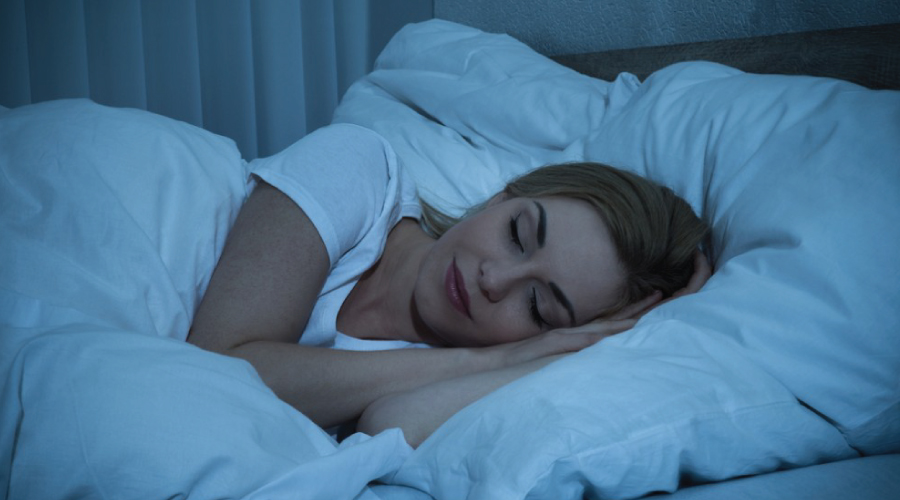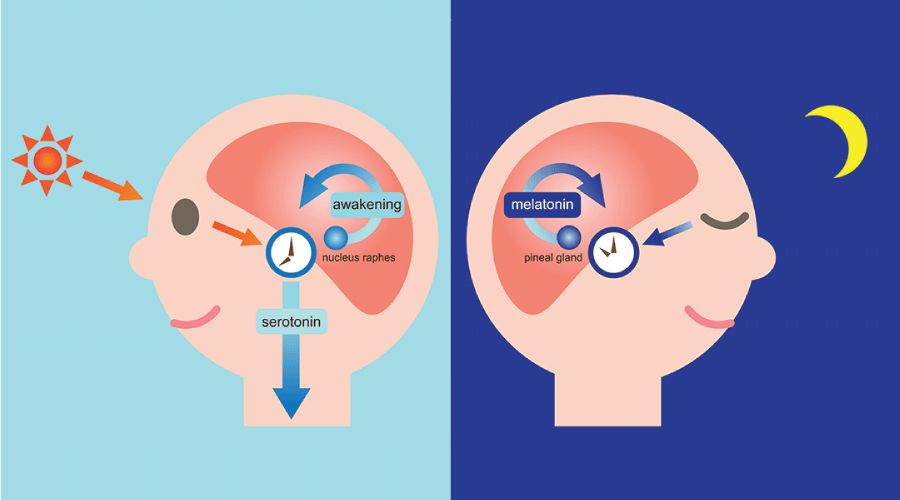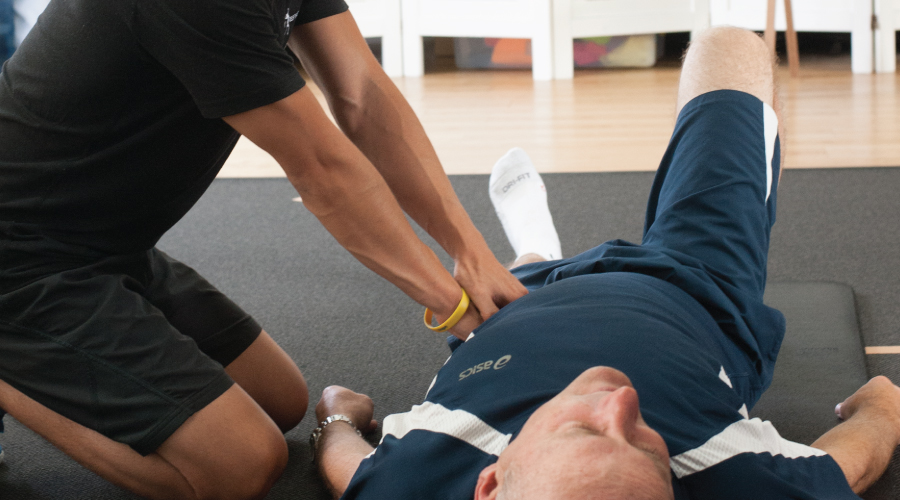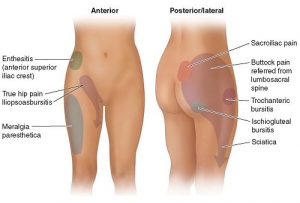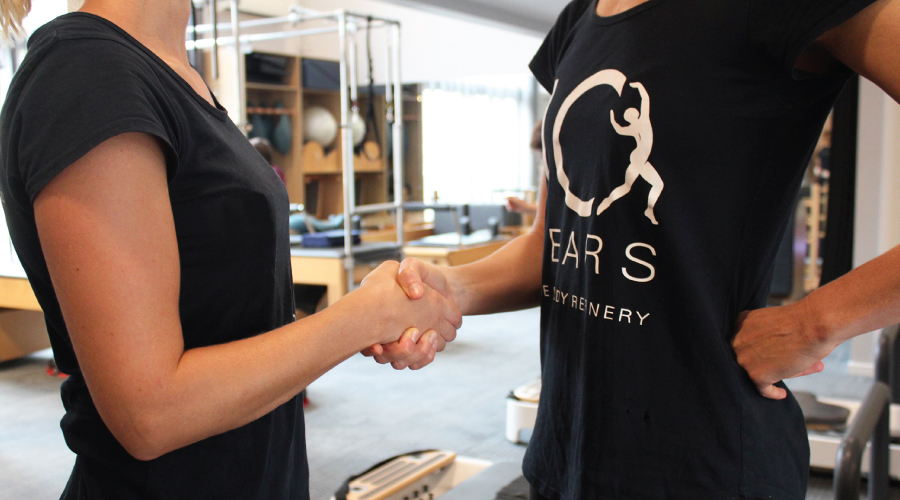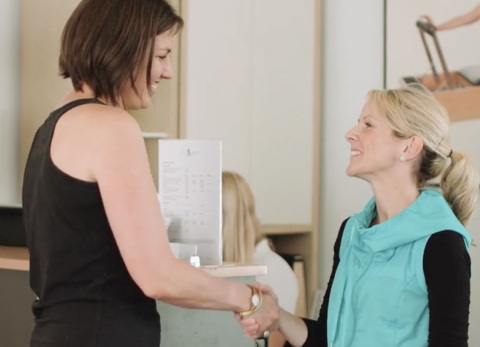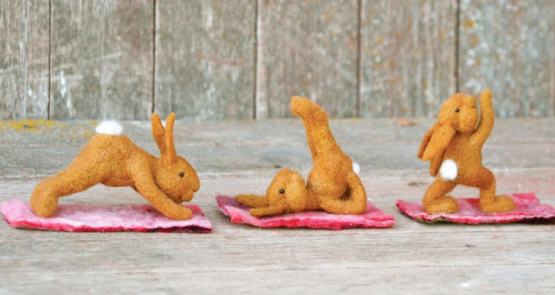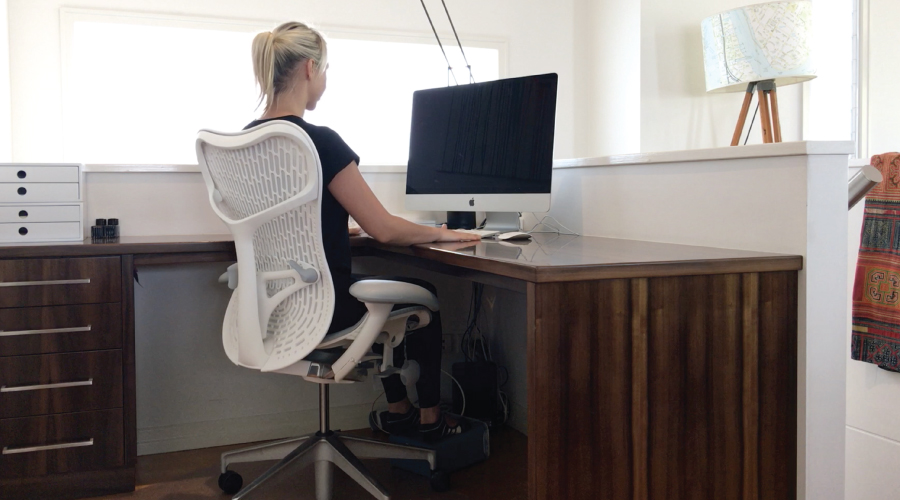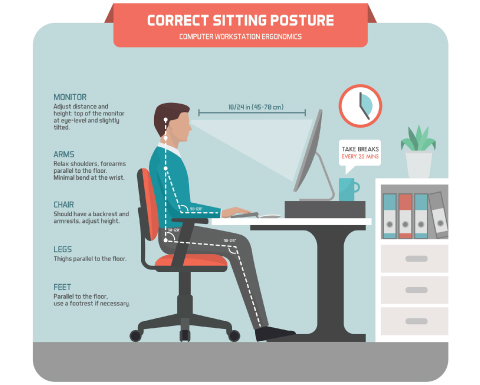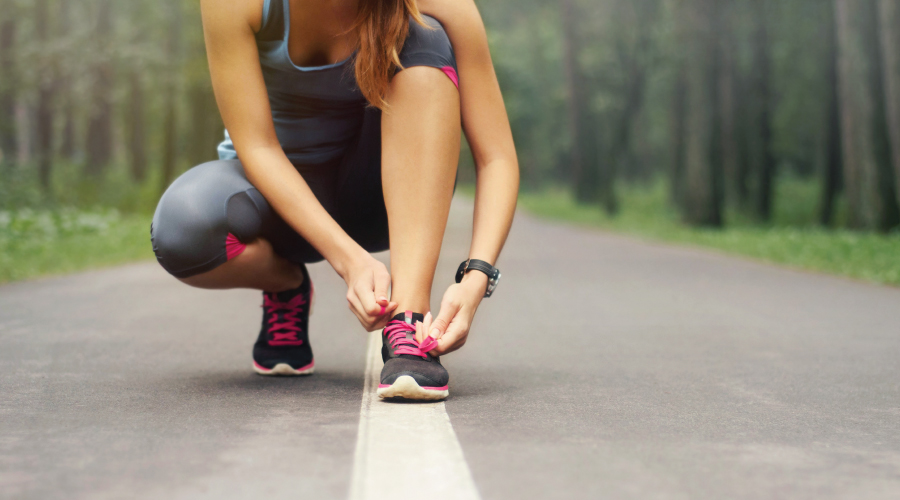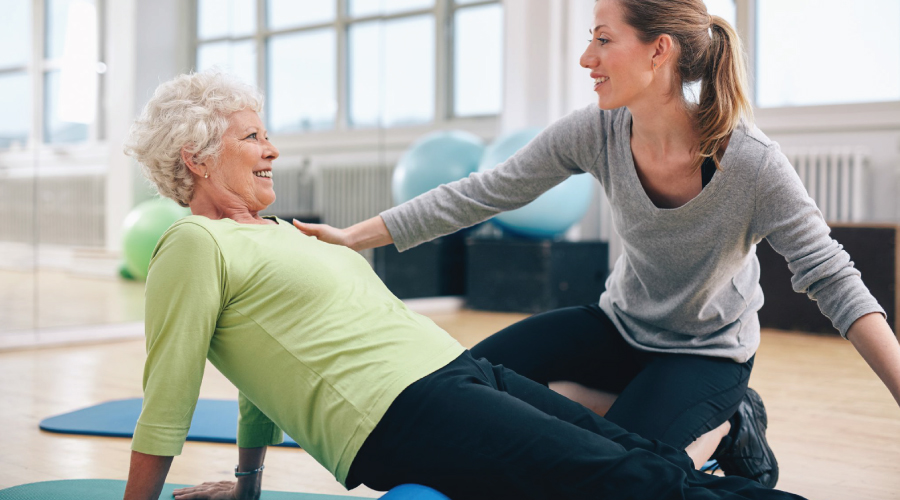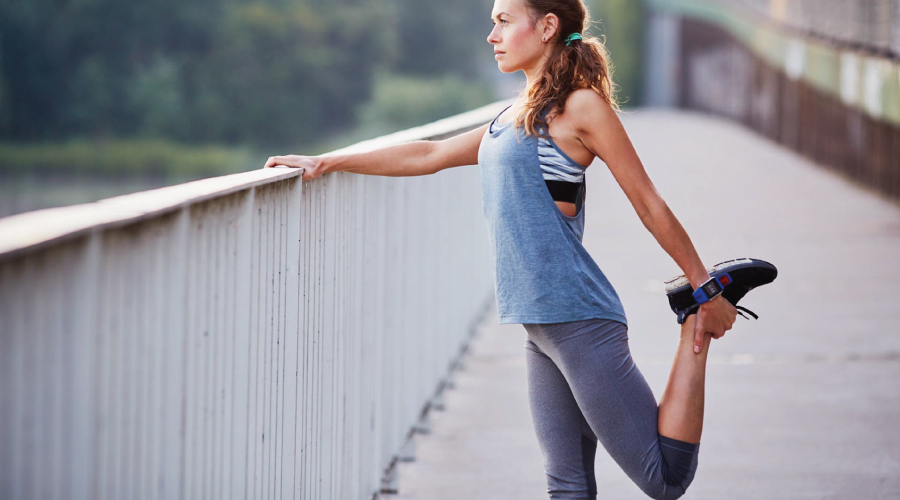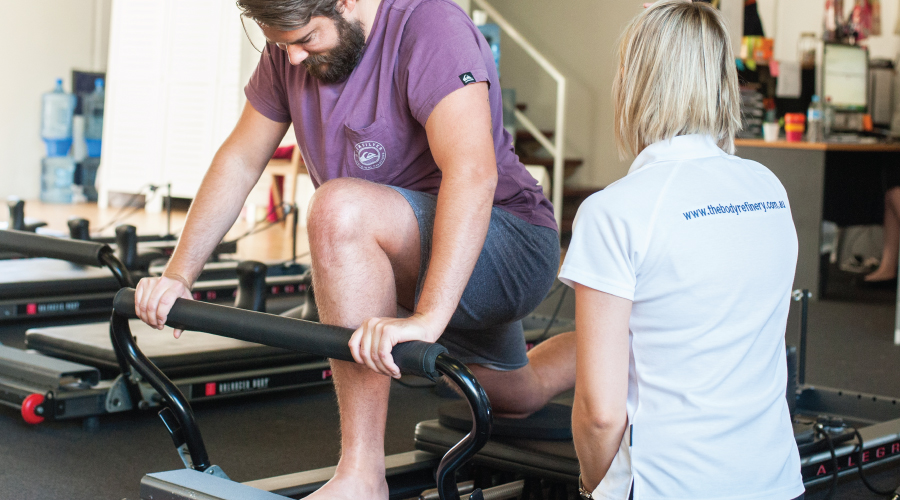
Pilates was created by a cigar smoking, whiskey drinking, boxer, acrobat, and gymnast named Joseph Pilates, who created his exercise program, first and foremost, for men. Watching old footage of Joseph Pilates teaching high energy mat classes to large groups of men outdoors in a field, it is clear that the men in the class were getting a strong workout.
Joseph started his Contrology method (as it was originally called) with mat-based exercises. However, during his internment in England during World War I, he further developed his method, attaching springs to the beds of the bedridden, to rehabilitate them. The object of his exercises was to return the injured men to their full function.
Pilates for Athletes
Joseph Pilates originally trained athletes, boxers, wrestlers, skiers, gymnasts, and circus performers. It wasn’t until choreographer, George Balanchine, and dancer, Martha Graham, caught onto his method, that dancers started to seek out his studio, and embrace the Pilates method. This is perhaps when the gender shift in the method started to occur, hence the misconceptions that Pilates is primarily best suited to women or dancers. It is reported that Joseph Pilates did not like to train dancers and he would send them to his wife, Clara.
More men are now starting to discover the Pilates method and its benefits for their own distinct goals. Male clients at The Body Refinery studio often seek to improve their balance, flexibility, coordination and posture, increase their core strength, address low back pain and muscular imbalances, as well as for improving fitness and muscle tone, and to rehabilitate from injury.
Many male athletes have turned to Pilates to give them a competitive edge and strengthen their game. Just some of the golfers who have made Pilates integral to their physical conditioning are Tiger Woods, Rocco Mediate, and Phil Mickelson. Here in Australia, some AFL teams have invested in Pilates equipment to incorporate the method into their training.
Pilates to improve everyday life
Apart from improving sporting performance, Pilates compliments everyday movement and activity, whether it be sitting behind a desk, climbing stairs, carrying groceries, or lifting children. It heightens coordination and improves balance, flexibility, and posture. It is an intelligent workout that can sharpen your focus and increase your ability to concentrate.
It re-educates the body on how to move efficiently, initiating from the “powerhouse” muscles (at the centre of the body), and develop core strength in the deep muscles of the back in order to stabilize and protect the back.
Pilates is for everyone: men, women, teens and children, seniors, athletes, the injured, the sedentary and the deconditioned, the flexible and the inflexible, the coordinated and the uncoordinated.
For any men out there with a misconception that Pilates isn’t for them, or for those who are intrigued by Pilates but have been hesitant to try it for one reason or another, there’s no better time than now to improve your body, your performance and your mind… give Pilates a try and explore the benefits it will provide to you.
_ _ _
Book your initial appointment in our New Farm studio by contacting us on info@thebodyrefinery.com.au or 07 3358 3915.
Follow us on Facebook, Instagram and Twitter for a daily dose of Pilates and Wellbeing.

